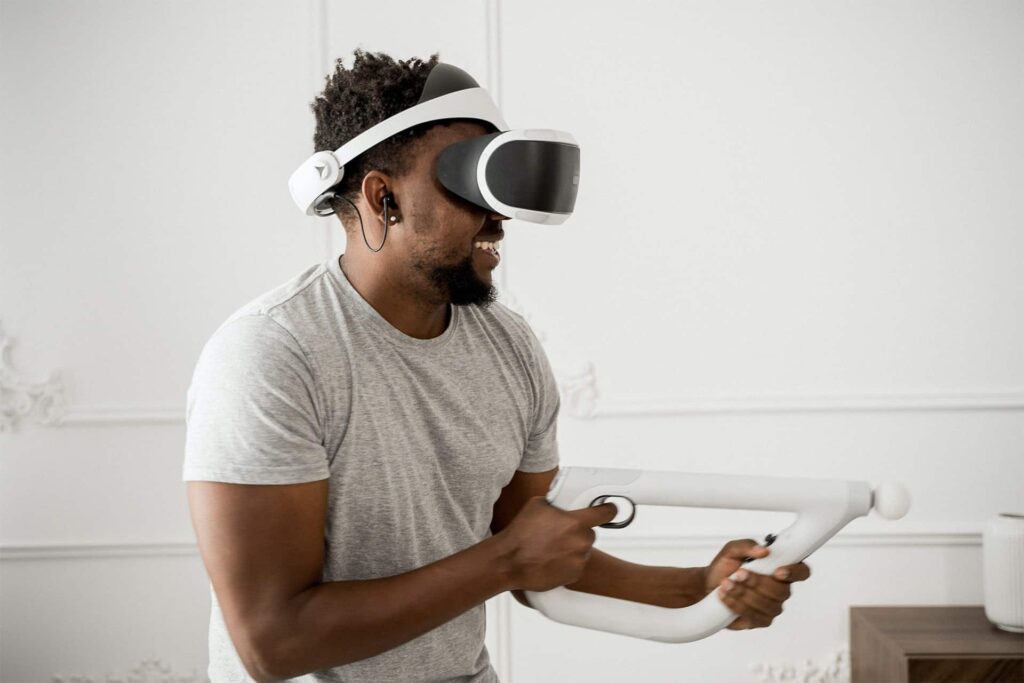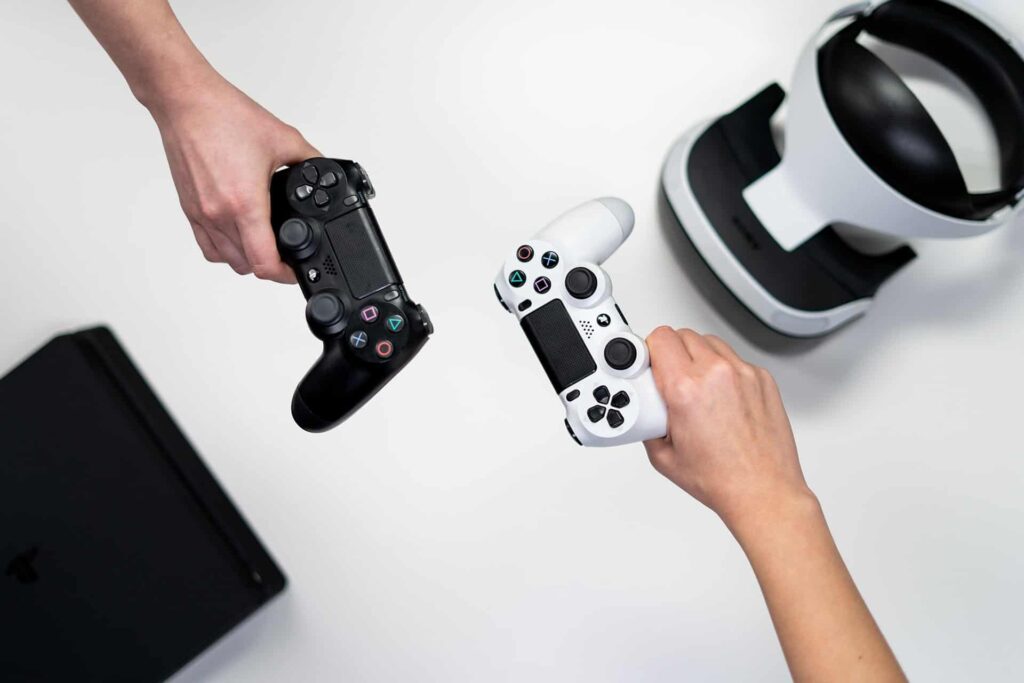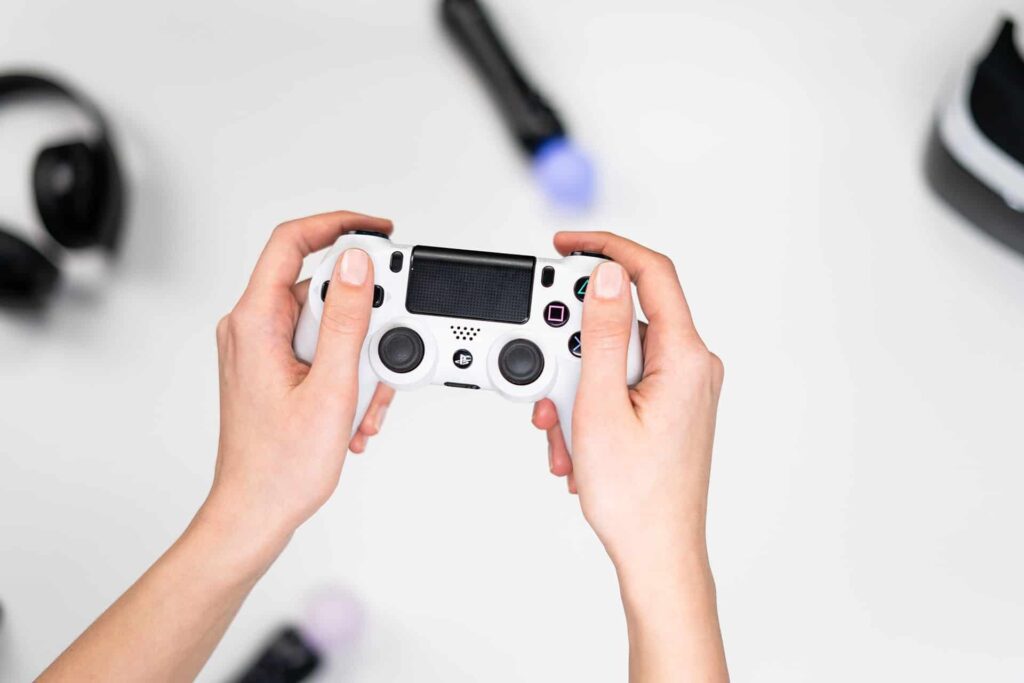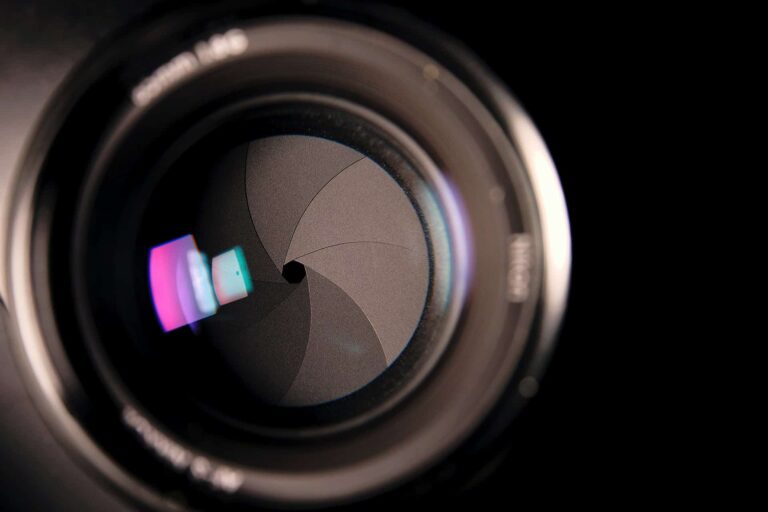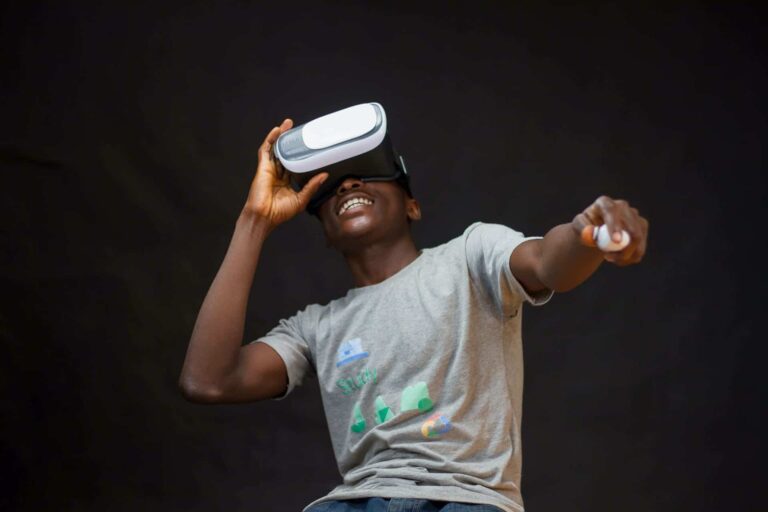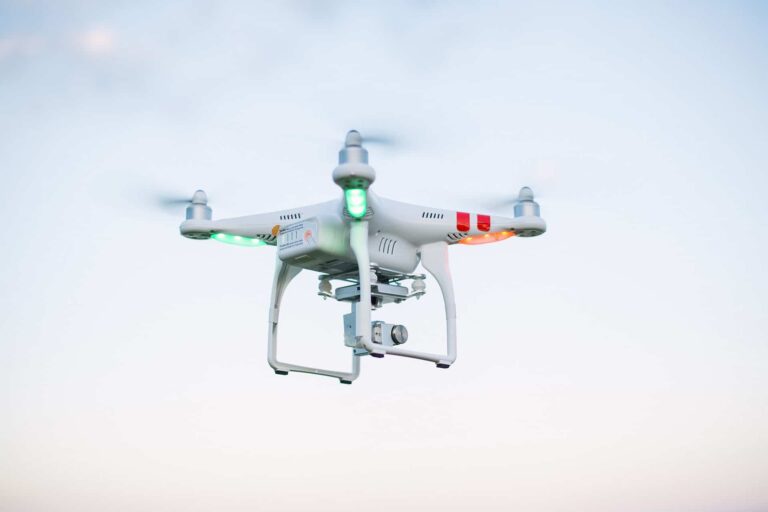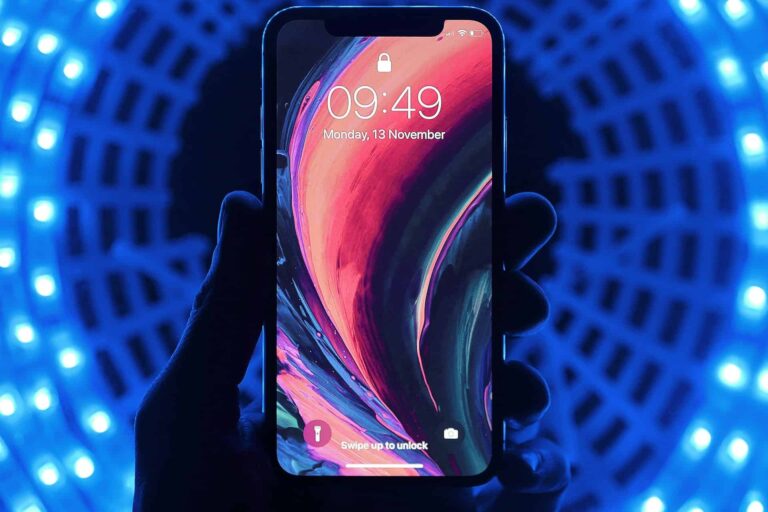Headphones Will Never Give You the Best Quality
Let’s be honest headphones have come a long way. From chunky wired models to sleek wireless earbuds, audio tech has improved dramatically. Noise cancellation, spatial audio, lossless streaming it all sounds fancy, right?
But here’s the truth most people don’t want to hear:
Headphones will never give you the best sound quality.
That might sound controversial, especially if you’ve just spent $400 on premium cans. But even the most high-end headphones have limitations that stop them from reproducing the same natural, powerful, and full-bodied sound you get from proper speakers.
Let’s break down why and what you can do if you really care about high-quality audio
Headphones Create an Artificial Soundstage
When you listen through headphones, the sound goes directly into your ears, completely bypassing your environment. This creates what audio engineers call an “in-head” soundstage — meaning all the sound feels like it’s coming from the center of your head.
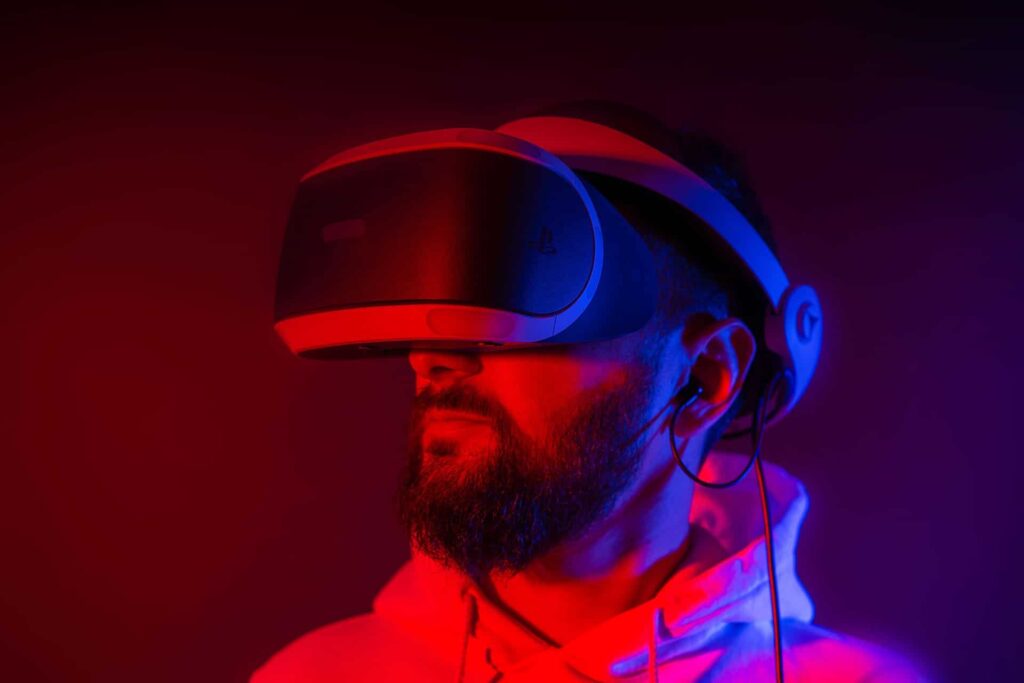
In contrast, speakers fill the space around you. Sound bounces off walls, furniture, and air — creating a more natural sense of depth and dimension. That’s why music played through good speakers feels alive, while headphones can sometimes feel compressed and closed-in.
In short:
- 🎧 Headphones = isolated, narrow soundstage
- 🔊 Speakers = immersive, room-filling experience
Even with advanced spatial audio or Dolby Atmos, headphones still can’t recreate the same physical feeling of sound traveling through space.
You’re Missing Physical Bass
One of the biggest differences between headphones and speakers is bass — the deep, physical thump that you feel as much as you hear.
Headphones can reproduce low frequencies, but they can’t move air like a subwoofer or large speaker driver. That’s why even the bassiest headphones never truly hit your chest like real speakers do.
When you play music on good speakers, low-end frequencies vibrate through the air, your body, and even your surroundings. It’s a sensory experience that headphones simply can’t replicate.
So while headphones might sound technically clean, they’ll never give you that full-body impact that makes music feel real.
The Source and Compression Matter More Than You Think
Even if you buy the most expensive headphones, they’re only as good as the audio source you feed them.
Streaming platforms like Spotify and YouTube use compressed audio formats (like AAC or MP3) that remove tiny details to save bandwidth. Those subtle sounds — the air between instruments, the reverb of a snare, the resonance of vocals — are what give music its richness.
Headphones make it worse because they’re so close to your ears, revealing compression flaws you might not notice on speakers.
If you want true quality, you need:
- Lossless audio formats (like FLAC, WAV, or ALAC)
- High-resolution playback devices (a good DAC or lossless streaming service)
- Speakers or monitors that can handle the full dynamic range
Headphones Can Cause Listening Fatigue
Have you ever noticed how your ears feel tired after listening to headphones for too long? That’s called listening fatigue, and it happens because your brain works overtime to process the unnatural soundstage and proximity of the audio.
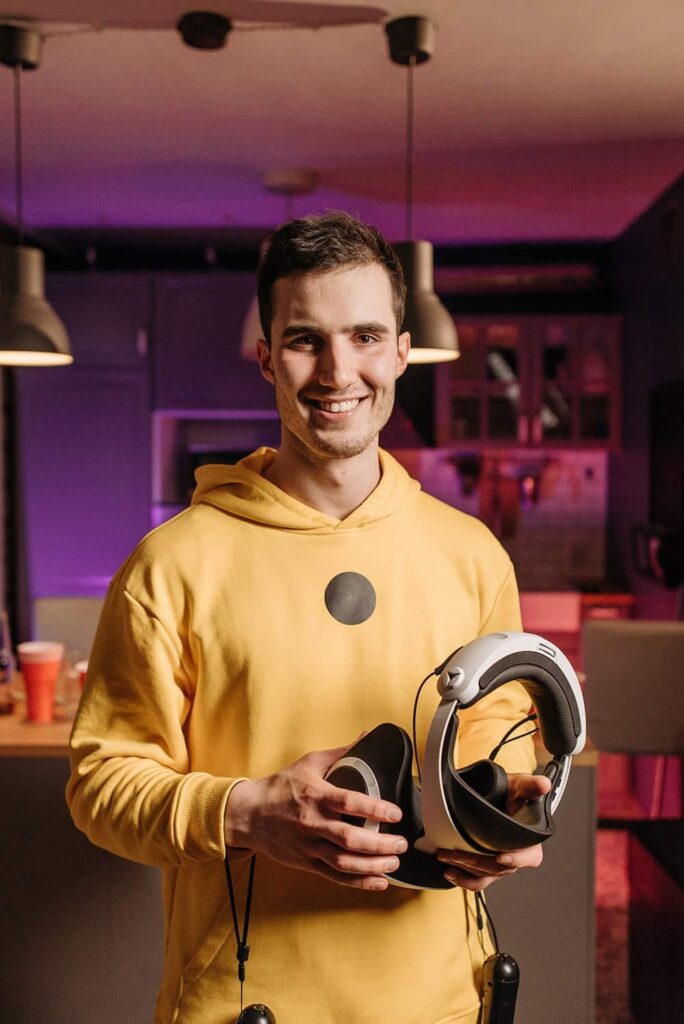
Headphones feed sound directly into your ear canal, with no space for air or resonance. Over time, that constant pressure and isolation can cause discomfort and mental exhaustion — even at moderate volumes.
Speakers, on the other hand, let your ears relax. The sound travels naturally through space, allowing you to enjoy music longer and more comfortably.
You Can Still Get Great Sound from Headphones — With the Right Setup
Okay, so headphones aren’t perfect — but that doesn’t mean they’re bad. In fact, with the right gear and setup, you can get sound that’s incredibly close to studio quality.
Here’s how to make the most of your headphones:
- Use a dedicated DAC/amp (digital-to-analog converter) — it makes a huge difference.
- Choose open-back headphones for a wider soundstage and more natural sound.
- Stream from lossless services like Tidal, Apple Music Lossless, or Amazon HD.
- Avoid boosting bass artificially — it usually muddies the sound.
These small tweaks can elevate your headphone experience from “pretty good” to “wow.”
Why Speakers Still Win
No matter how good headphones get, they’ll always be limited by physics. Speakers simply move more air, create a bigger soundstage, and engage your body in ways headphones can’t.
That’s why professional music studios rely on monitor speakers, not headphones, for mixing and mastering. Headphones are great for precision listening but speakers are better for feeling the music.
